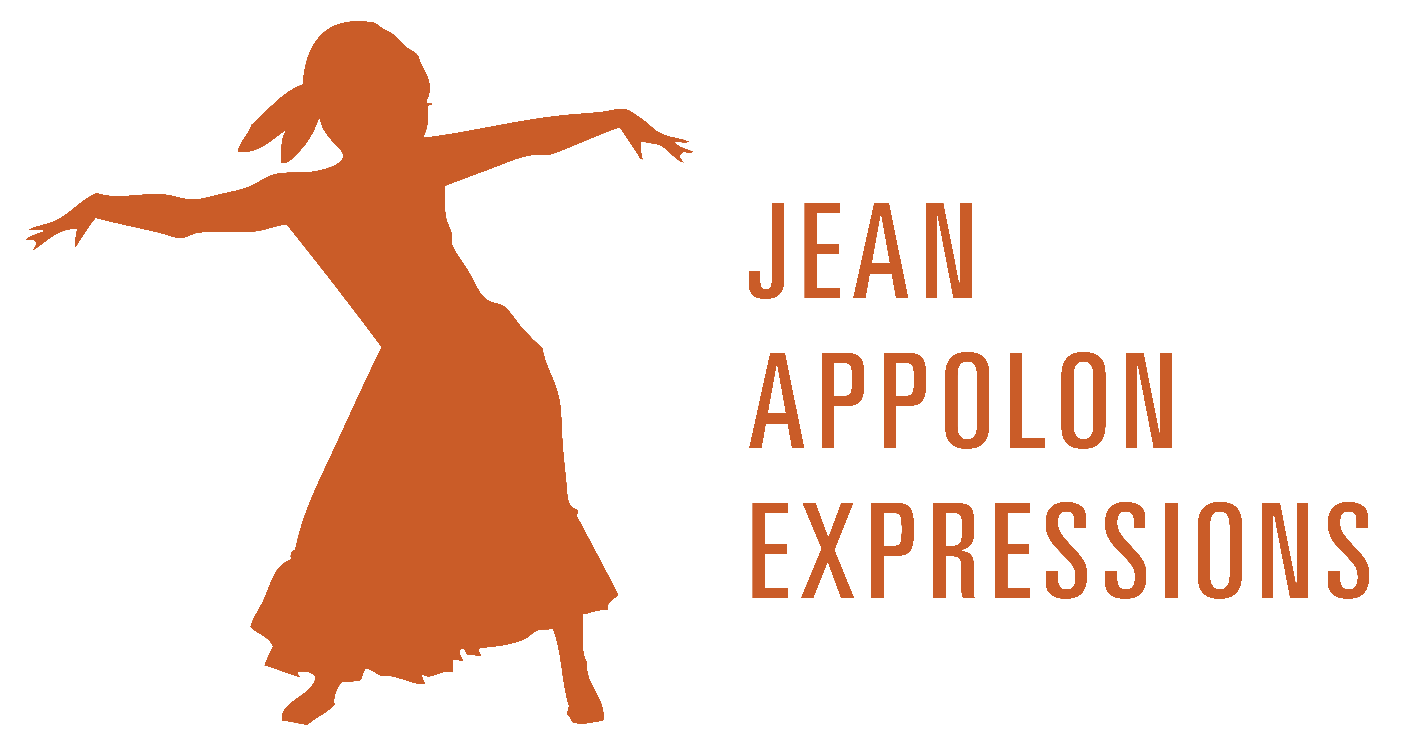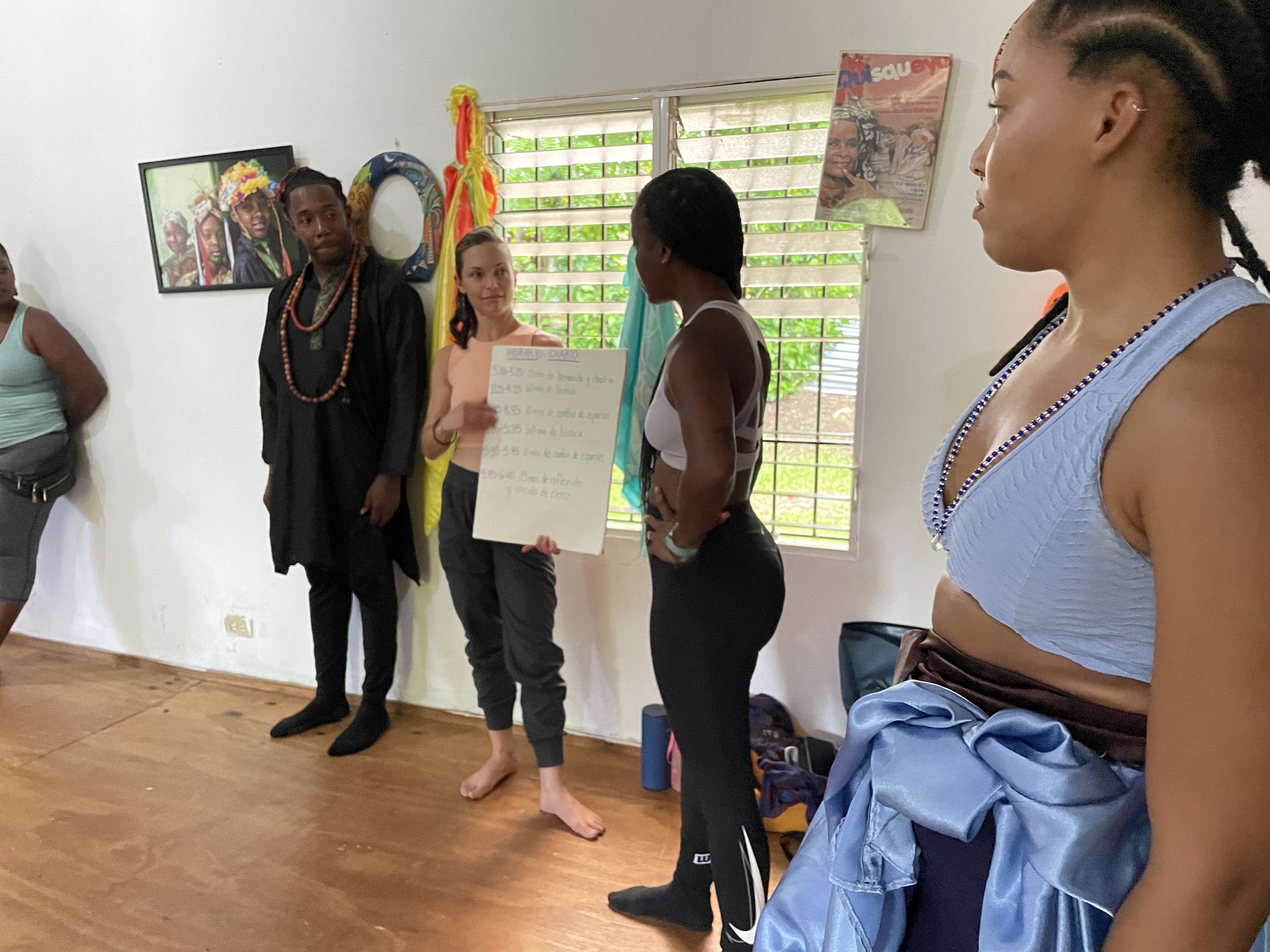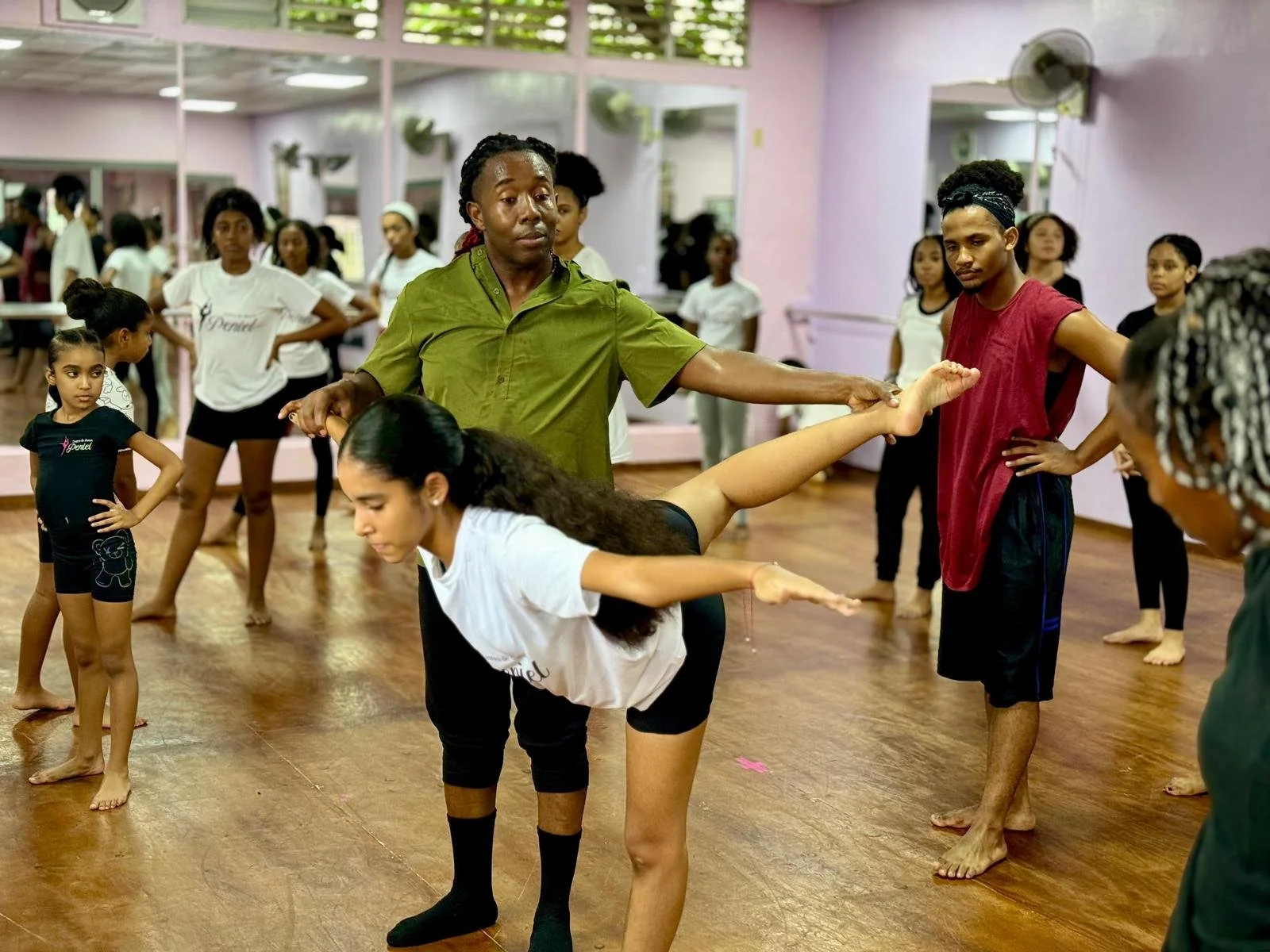This year, Jean Appolon Expressions was fortunate enough to be able to travel to the Dominican Republic for our annual Summer Dance Institute. Thanks to the generous donations from our community, we were able to partner with Kalalú Dance School to bring a vibrant week of movement, destressing, and connection to the young dancers in the DR.
Additionally, thanks to Sunrise Airways, we were able to support the travel of our teen apprentices from Haiti to join in the fun! The teens from Haiti have been working with JAE virtually for an extended amount of time, so to be able to partner up together in person was life changing!
Nadia Todres
This journey would be impossible without our staff on the ground in the DR. Jean Appolon, Meghan McGrath, Nadia Issa, Mcebisi Xotyeni, and our partner Raphaëlle Francois. We will hear from each of their perspectives on their experience in the DR today!
“I have had the honor of traveling to Haiti four separate times in years past, to help lead JAE's Summer Dance Institute in Port Au Prince,” says Meghan McGrath, Executive Director of JAE. “There is something truly magical that comes alive in Jean Appolon when he is teaching in Haiti and it becomes expansive, affecting those around him in such a positive way. I saw that shine through in the Dominican Republic. Since 2018, we have not been able to travel to Haiti, due to the ongoing social and political unrest, paired alongside the pandemic. Coming to the DR this year tied so many critical pieces together from JAE's world.”
Being able to connect with the dance community in the DR and have our teen apprentice guests directly from Haiti is something JAE has not been able to do in several years, so to be able to have had the opportunity to dance together this year was truly special for the team.
“I have been continuously impressed by our five students in Haiti who have been working virtually with us for over a year now.” Meg recounted, “These girls were always so dedicated to getting on zoom with us each Friday, even when extreme weather, spotty wifi, violent armed gangs, and gas shortages sadly got in the way. When I saw all of their faces in person on the street in Santo Domingo, I was honestly in a moment of shock that I was actually about to hug them all. It was a gift that had been a long time in the making. There was one student in the program from the DR, who is of Haitian descent and speaks fluent Spanish and Creole. She took it upon herself to support our girls from Haiti with extra translation and by going above and beyond to make them feel welcome at Kalalú. Watching our girls confidently integrate, share, and collaborate with the students from the DR made it worth the extremely hard work it took to plan for and execute a free international arts education program. We'd do it all again in a heartbeat!”
Nadia Issa, dancer and educator with JAE, also felt the deep impact of working with the students in the DR. “My experience at this year's Summer Dance Institute in the Dominican Republic signified a personal homecoming and rooting practice in my life's-work as a dance educator, especially to Youth. Returning to my maternal-ancestral lands of Ayiti-Kiskeya-Bohio to offer AfroCuban Folklore (Yoruba)/Orisha Dance Technique meant that I was teaching an AfroCuban spiritual-religious dance tradition, a tradition that is getting lost, to Dominican Youth. The work that JAE facilitated in Kiskeya this summer is undoubtedly revolutionary. We offered and built community grounded in spiritual-religious learning, we witnessed the Youth go through a process of destressing where they grew more relaxed and settled into their bodies daily, and they practiced solidarity through loving presence, encouragement, and active engagement in all the movement learning!”
“The impact of bringing the Teen Apprentices from Ayiti to our SDI program in Kiskeya is the critical need for providing a safe, joyous, accessible, and rigorous training program that goes beyond borders!”
Jean also was helped by the wonderful Raphaëlle Francois to connect us to Kalalú Dance School to host and provide dance space for the Summer Institute.
“I have always wanted to work with Jean for years!“ Raphaëlle explained to the viewers of our online SDI reflection on Instagram. “I am grateful and happy, it was so magical and we got to touch so many hearts. We’ve been crying a lot! For me the first days we felt the kids were talking and well, being kids! And over the course of the week they became dedicated, focused dancers. The change occurred in their movements, and in the week they took so much from us. If we had more time they would be prepared for a professional mindset.”
Mcebisi, also a dancer and educator with JAE added “The kids were so receptive to the whole program, we got to connect people from Boston, to Haiti, to the DR. They started knowing nothing and they still wanted to keep going. And the students from the DR were able to make friends with the girls from Haiti! They all got to have fun together.”
Not only were JAE dancers and staff able to connect with students directly in the DR, they were able to bridge the gap between Haiti, Boston, the DR, and continue to do so through our online programming. Jean and the team have big dreams to expand the program and are already planning big changes for next year to foster the connections between these places!
Jean said, “I saw many kids, but there was one girl who was always worried coming into the studio. She was dancing with her head down. And over the past two days I saw her change and be able to express herself, she was so shy and we saw her improvement. I want to bring that to as many children as possible.”
“We want to bring high quality dance to communities that don’t have access to it. This mission is to elevate young kids and communities, and to bring them healing through movement and dance.”
This year’s Summer Dance Institute was a triumph and is only a stepping stone for the journey yet to come. The team is working hard behind the scenes to make next year in the DR, and many years to come, better than ever. Our Summer Dance Institutes in the Dominican Republic and Lawrence, MA are integral to Jean Appolon’s mission of connecting communities through dance, and we are thrilled to continue to create space for the magic of these programs.
The SDI would be impossible without your generous donations, and we thank each and every one of you who contributed to the experiences of these young dancers this summer. If you would like to contribute towards next summer, you can find our donation page below!


















